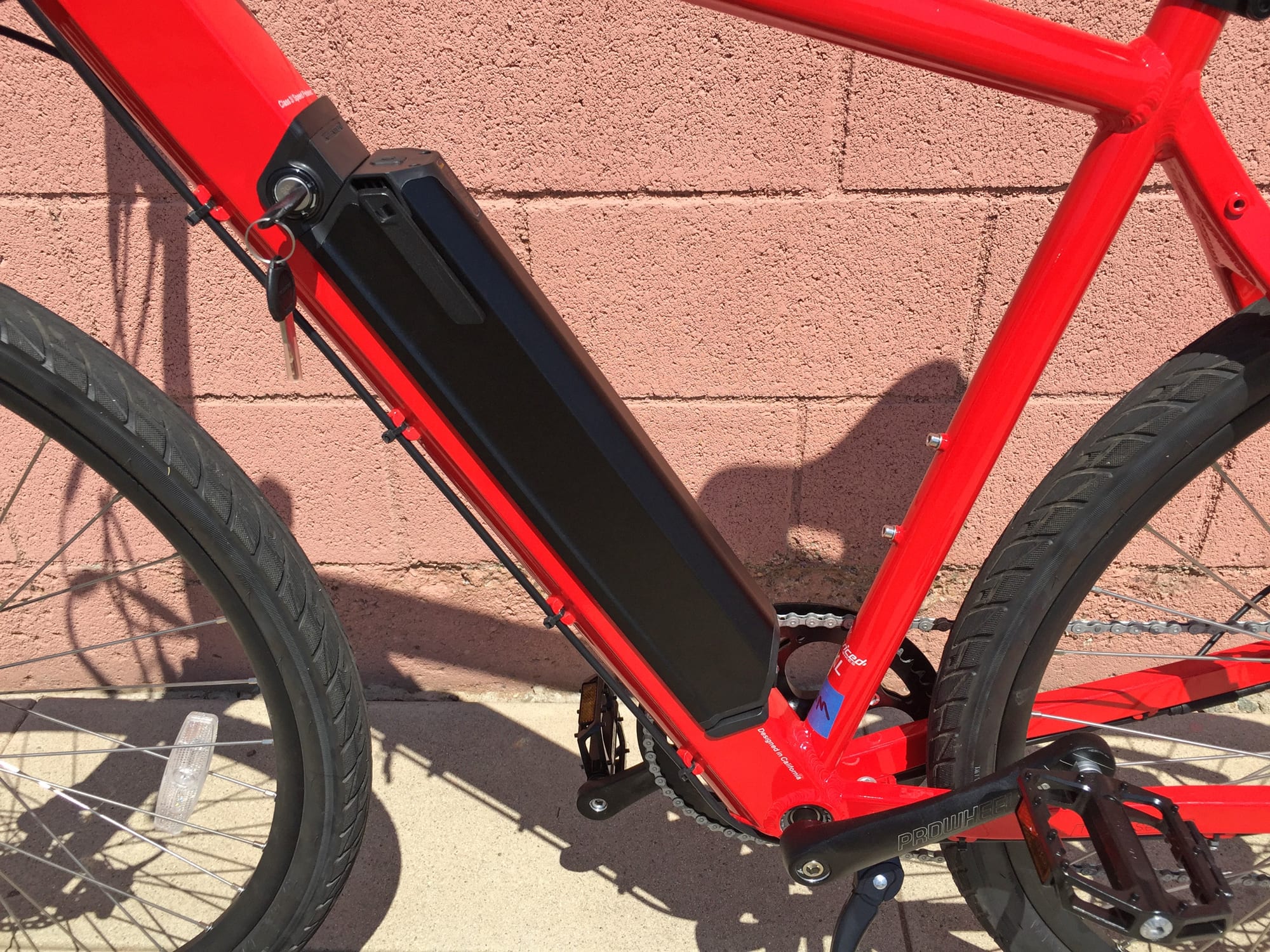007vsMagua
New Member
The more I research eBikes the more I'm thinking about batteries. I've been involved in the remodeling business for almost 40 years and I've used every type of cordless battery tool that has come along. I can understand why cordless tool makers would want to use proprietary batteries with their designs and when I'm only spending $80.00 ~ $200.00 for a tool, it's not that big a deal. After a couple of years of use that tool can easily be replaced. What concerns me is spending at least 10 to 50 times as much money on another tool that I'm not sure will be around three years from now.
I think it would be a good idea for the eBike industry to come together to develop a battery standard. The standard placement for the battery should be on the downtube. Maybe a smaller compartment for the 36v batteries and a larger compartment for the 48v batteries...all the same standardized size. Batteries can differ by amps and quality and you get what you pay for.
These are just a few of my BrainDroppings as George Carlin would say.
I think it would be a good idea for the eBike industry to come together to develop a battery standard. The standard placement for the battery should be on the downtube. Maybe a smaller compartment for the 36v batteries and a larger compartment for the 48v batteries...all the same standardized size. Batteries can differ by amps and quality and you get what you pay for.
These are just a few of my BrainDroppings as George Carlin would say.







